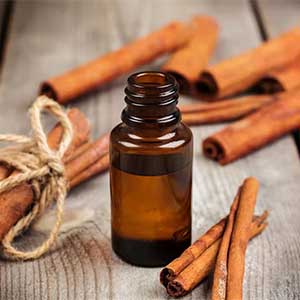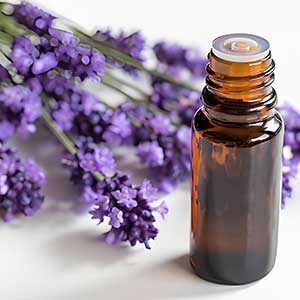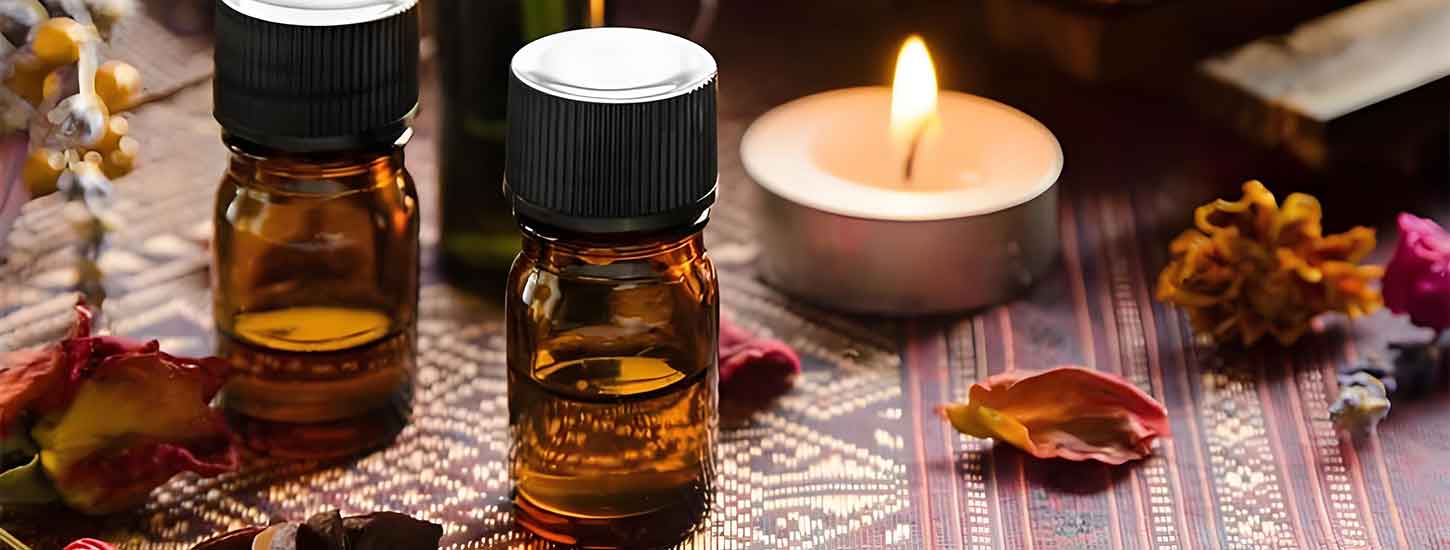As the leaves change color and the air turns crisp, autumn brings with it a sense of warmth, comfort, and introspection. It’s a time of transition, making it an ideal season to incorporate essential oils into your daily routine for both emotional and physical well-being. Essential oils, derived from plants, flowers, and herbs, have been used for centuries for their therapeutic properties. In this essay, we’ll explore five essential oils that are particularly beneficial during the autumn months: Cinnamon, Ginger, Tea Tree, Sweet Orange, and Lavender. We’ll delve into their usage methods and the unique effects each oil offers to help you make the most of this beautiful season.

 1. Cinnamon Essential Oil
1. Cinnamon Essential Oil
Usage Methods:
1) Diffusion: Add a few drops of cinnamon essential oil to a diffuser to fill your space with a warm, spicy aroma. This is particularly effective in creating a cozy, autumnal atmosphere in your home.
2) Topical Application: Cinnamon oil can be diluted with a carrier oil, such as coconut or jojoba oil, and applied to the skin. However, it’s important to conduct a patch test first, as cinnamon oil can be irritating to sensitive skin.
3) Bath Soak: For a relaxing bath, mix a few drops of cinnamon essential oil with Epsom salts and add them to warm bath water. This not only provides a warming sensation but also helps to relax sore muscles.
Effects:
Cinnamon essential oil is known for its warming and invigorating properties. The oil is extracted from the bark of the cinnamon tree and has a spicy, sweet fragrance that evokes feelings of warmth and comfort—perfect for the cooler autumn months. Cinnamon oil is also known for its ability to stimulate circulation, making it an excellent choice for those who experience cold extremities as the weather cools down. Additionally, cinnamon essential oil has antimicrobial and antifungal properties, which can help in boosting the immune system and protecting against seasonal illnesses.
2. Ginger Essential Oil
Usage Methods:
1) Inhalation: Inhale directly from the bottle or add a few drops to a tissue and breathe in the warm, spicy scent to help ease nausea or digestive discomfort.
2) Massage: Mix ginger essential oil with a carrier oil and use it for a warming massage to alleviate muscle pain or joint stiffness, which can be aggravated by the cooler weather of autumn.
3) Compress: Create a warm compress by adding a few drops of ginger oil to a bowl of hot water. Soak a cloth in the mixture, wring out the excess water, and apply it to areas of discomfort, such as the abdomen or lower back.
Effects:
Ginger essential oil, extracted from the rhizome of the ginger plant, has a spicy, warm aroma that is particularly grounding and comforting during autumn. Ginger oil is widely recognized for its ability to soothe digestive issues, such as nausea and indigestion, making it a useful remedy for overindulgence in hearty autumn meals. The oil’s warming properties are also beneficial for promoting circulation and relieving pain and inflammation associated with arthritis and muscle soreness. Furthermore, ginger essential oil is known to boost the immune system and improve respiratory function, making it a great choice for protecting against colds and flu.
 3. Tea Tree Essential Oil
3. Tea Tree Essential Oil
Usage Methods:
1) Diffusion: Diffuse tea tree oil in your home to purify the air and eliminate pathogens. This is especially useful during autumn when cold and flu viruses are more prevalent.
2) Topical Application: Dilute tea tree oil with a carrier oil and apply it directly to blemishes, cuts, or insect bites to promote healing and reduce the risk of infection.
3) Cleaning Solution: Combine tea tree oil with water and vinegar to create a natural, antimicrobial cleaning solution for your home, ensuring a clean and healthy environment.
Effects:
Tea tree essential oil, derived from the leaves of the Melaleuca alternifolia tree, is renowned for its powerful antibacterial, antiviral, and antifungal properties. It is often used to support the immune system and fight off infections, making it an invaluable oil during the autumn months when colds and flu are more common. Tea tree oil is also effective in treating skin conditions such as acne, eczema, and insect bites, thanks to its anti-inflammatory properties. Moreover, its fresh, medicinal scent can help to clear the sinuses and improve respiratory function, which is especially beneficial during the colder months when respiratory issues are more frequent.
4. Sweet Orange Essential Oil
Usage Methods:
1) Aromatherapy: Add a few drops of sweet orange essential oil to a diffuser to uplift your mood and create a positive, energizing atmosphere in your home or workspace.
2) Skin Care: Mix sweet orange oil with a carrier oil and apply it to the skin to promote a healthy complexion and reduce the appearance of dark spots or blemishes. Ensure to avoid sun exposure after application as it can increase photosensitivity.
3) Household Cleaner: Combine sweet orange oil with water and vinegar to create a natural, uplifting cleaning solution that leaves your home smelling fresh and inviting.
Effects:
Sweet orange essential oil, extracted from the rind of the orange fruit, has a bright, citrusy aroma that is both uplifting and calming. It is an excellent mood enhancer and can help to alleviate stress, anxiety, and depression, which can be more prevalent during the shorter, darker days of autumn. The oil is also known for its ability to improve digestion and relieve symptoms of bloating and constipation. Additionally, sweet orange oil has natural antiseptic properties, making it a great addition to homemade cleaning products for a fresh and invigorating scent that also helps to eliminate germs.
 5. Lavender Essential Oil
5. Lavender Essential Oil
Usage Methods:
1) Aromatherapy: Diffuse lavender oil in your bedroom before sleep to promote relaxation and improve sleep quality. You can also add a few drops to your pillow or bedsheets.
2) Bath Soak: Add lavender essential oil to a warm bath for a soothing and calming experience that can help reduce stress and tension after a long day.
3) Topical Application: Apply lavender oil, diluted with a carrier oil, directly to the skin to soothe irritation, burns, or insect bites, and to promote faster healing.
Effects:
Lavender essential oil is one of the most popular and versatile oils in aromatherapy, known for its calming and soothing properties. The oil is extracted from the flowers of the lavender plant and has a fresh, floral scent that promotes relaxation and emotional balance. Lavender oil is particularly beneficial during autumn, as it can help to combat the feelings of anxiety and depression that sometimes accompany the change of seasons. Additionally, lavender oil has natural antiseptic and anti-inflammatory properties, making it an excellent choice for treating minor cuts, burns, and insect bites. Its calming effects also extend to promoting better sleep, which is crucial for maintaining overall health and well-being as the days grow shorter and cooler.
Conclusion
As autumn unfolds, bringing with it cooler temperatures and a shift in energy, incorporating essential oils into your daily routine can offer a myriad of benefits for both body and mind. Cinnamon, Ginger, Tea Tree, Sweet Orange, and Lavender essential oils each provide unique properties that can help to enhance well-being during this season of change. Whether you’re looking to boost your immune system, soothe sore muscles, uplift your mood, or simply create a cozy and inviting atmosphere in your home, these oils offer a natural and effective solution. By understanding their usage methods and effects, you can fully harness the power of these essential oils to support your health and enhance your autumn experience.If you have any interest about the above products, pls feel free to contact info@wingengroup.com.

